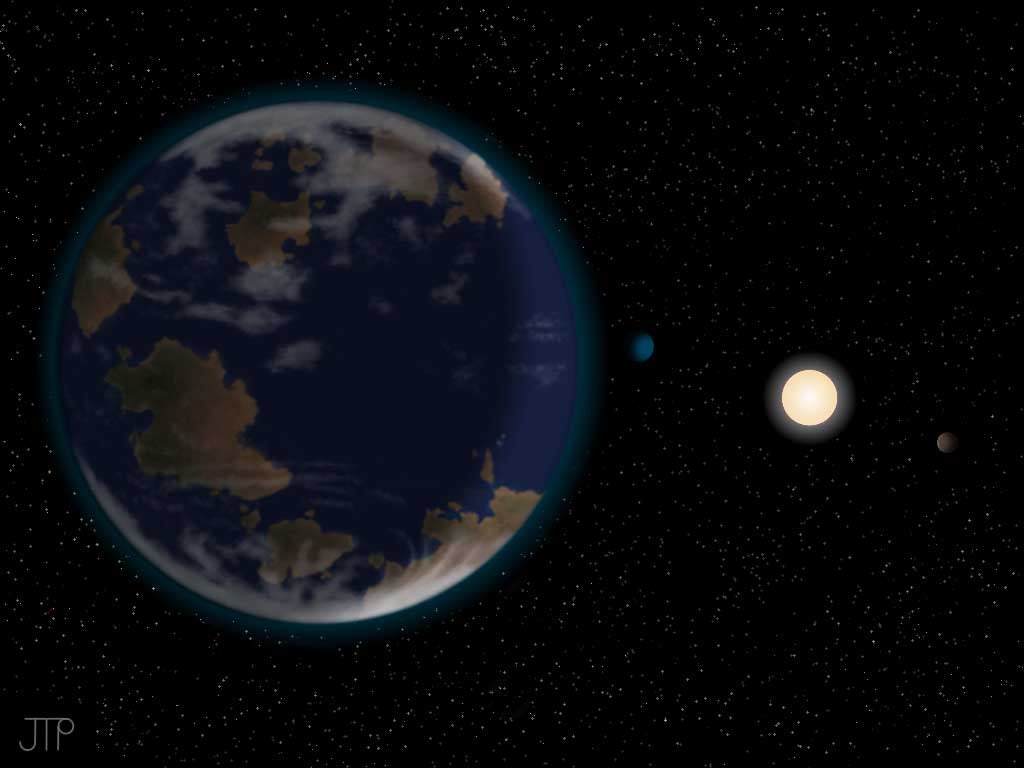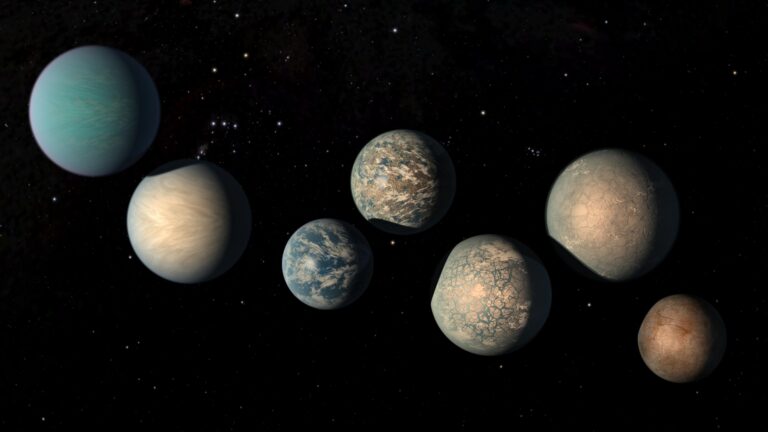Now, a team of scientists has looked at how these worlds form and suggest that many of them may be a lot less clement than was thought. They find that planets that form from less massive cores can become benign habitats for life, whereas the larger objects instead end up as “mini-Neptunes” with thick atmospheres and probably stay sterile.
Planetary systems, including our solar system, are thought to form from hydrogen, helium, and heavier elements that orbit their parent stars in a so-called protoplanetary disk. Dust and rocky material is thought to clump together over time, eventually forming rocky cores that go on to be planets. The gravity of these cores attracts hydrogen from the disk around them, some of which is stripped away by the ultraviolet light of the young star they orbit.
Helmut Lammer of the Space Research Institute (IWF) of the Austrian Academy of Sciences and his team modeled the balance of capture and removal of hydrogen for planetary cores between 0.1 and 5 times the mass of Earth, located in the habitable zone of a Sun-like star. In their model, they found that protoplanets with the same density of Earth, but less than half its mass will not capture much gas from the disk.
Depending on the disk and assuming that the young star is much brighter in ultraviolet light than the Sun is today, planetary cores with a similar mass to Earth can capture but also lose their enveloping hydrogen. But the highest-mass cores, similar to the “super-Earths” found around many stars, hold on to almost all of their hydrogen. These planets end up as mini-Neptunes with far thicker atmospheres than our home planet.
The results suggest that for some of the recently discovered super-Earths, such as Kepler-62e and -62f, being in the habitable zone is not enough to make them habitats.
“Our results suggest that worlds like these two super-Earths may have captured the equivalent of between 100 and 1,000 times the hydrogen in Earth’s oceans, but may only lose a few percent of it over their lifetime,” said Lammer. “With such thick atmospheres, the pressure on the surfaces will be huge, making it almost impossible for life to exist.”
The ongoing discovery of low (average) density super-Earths supports the results of the study. Scientists will need to look even harder to find places where life could be found, setting a challenge for astronomers using the giant telescopes that will come into use in the next decade.










